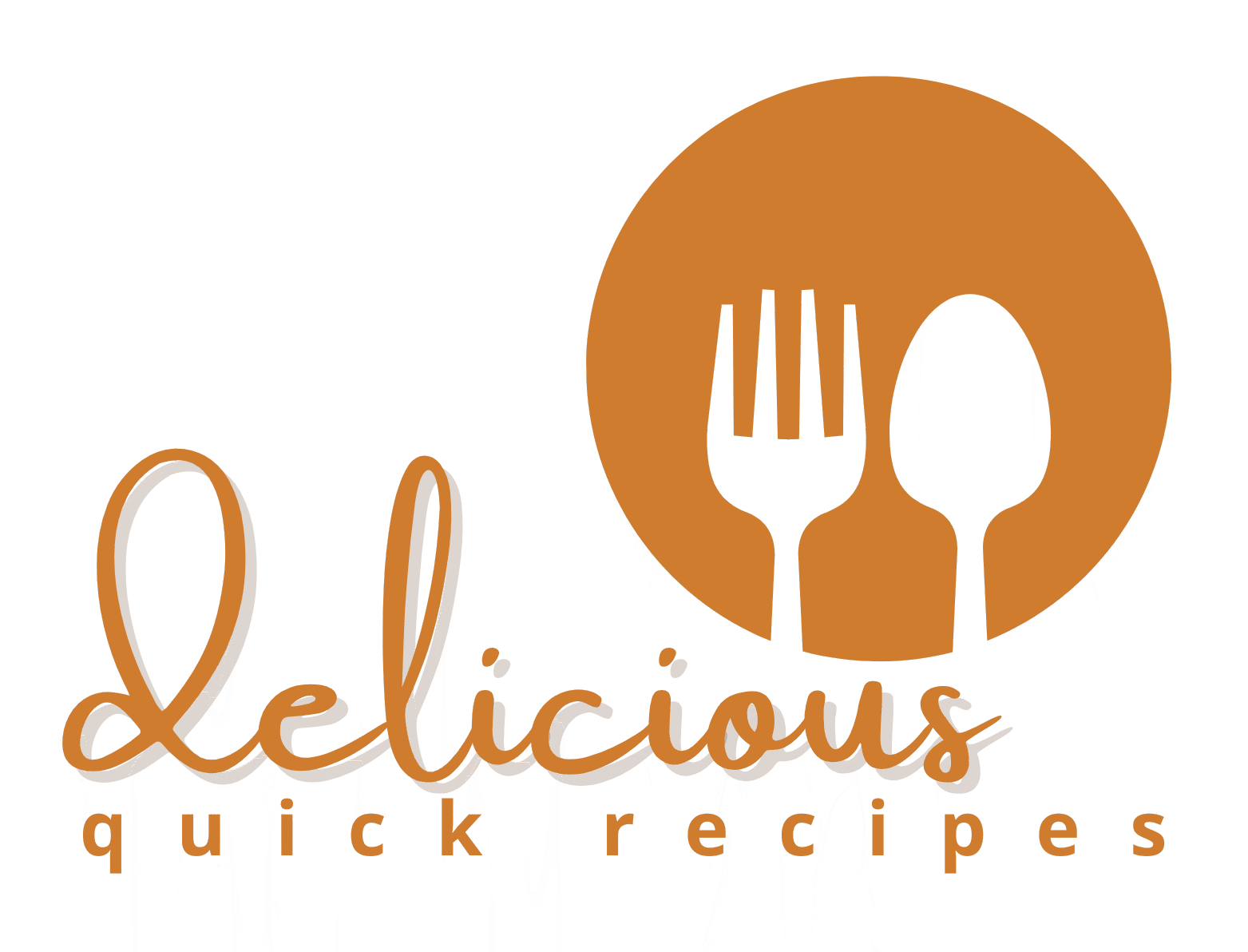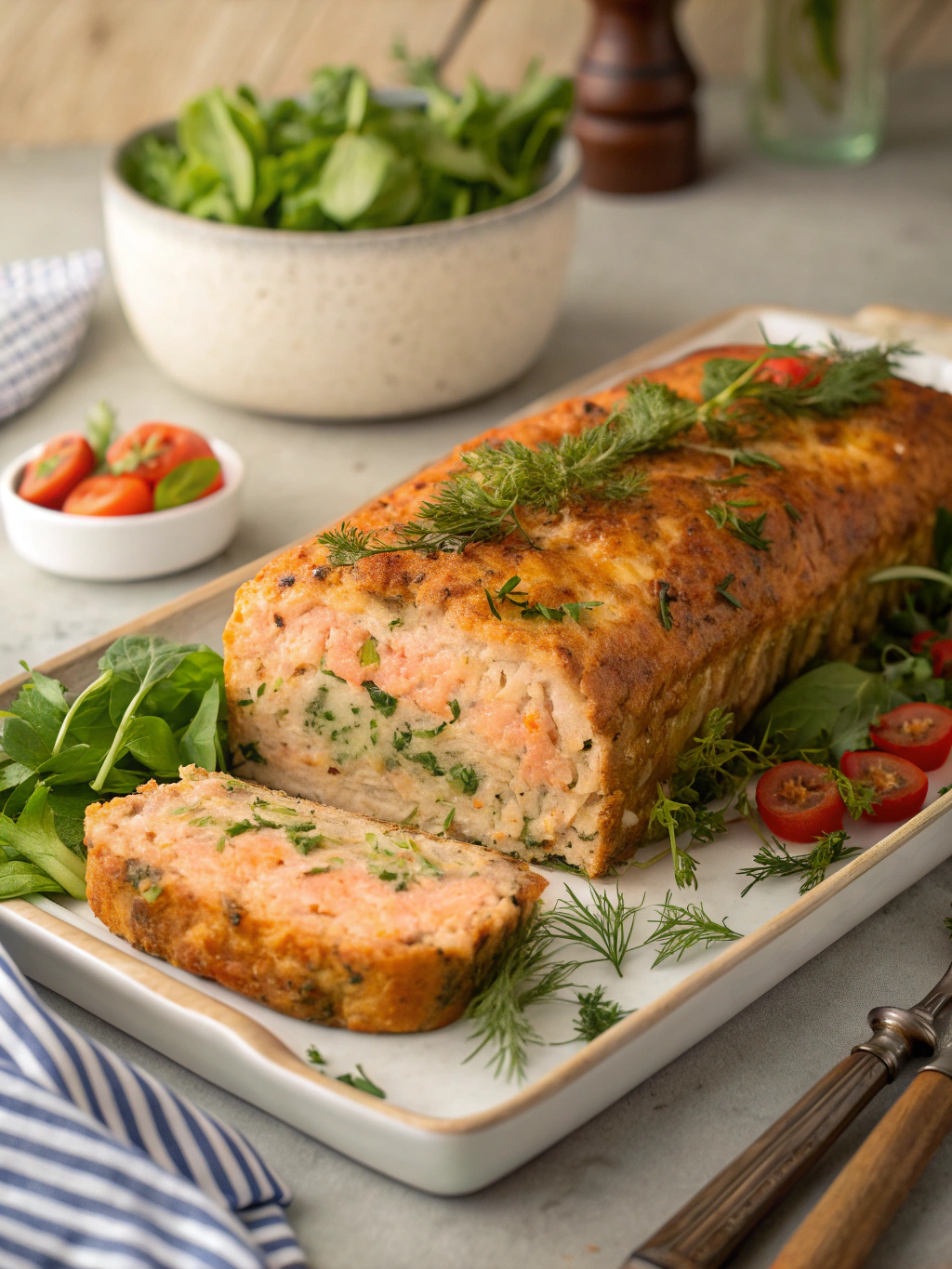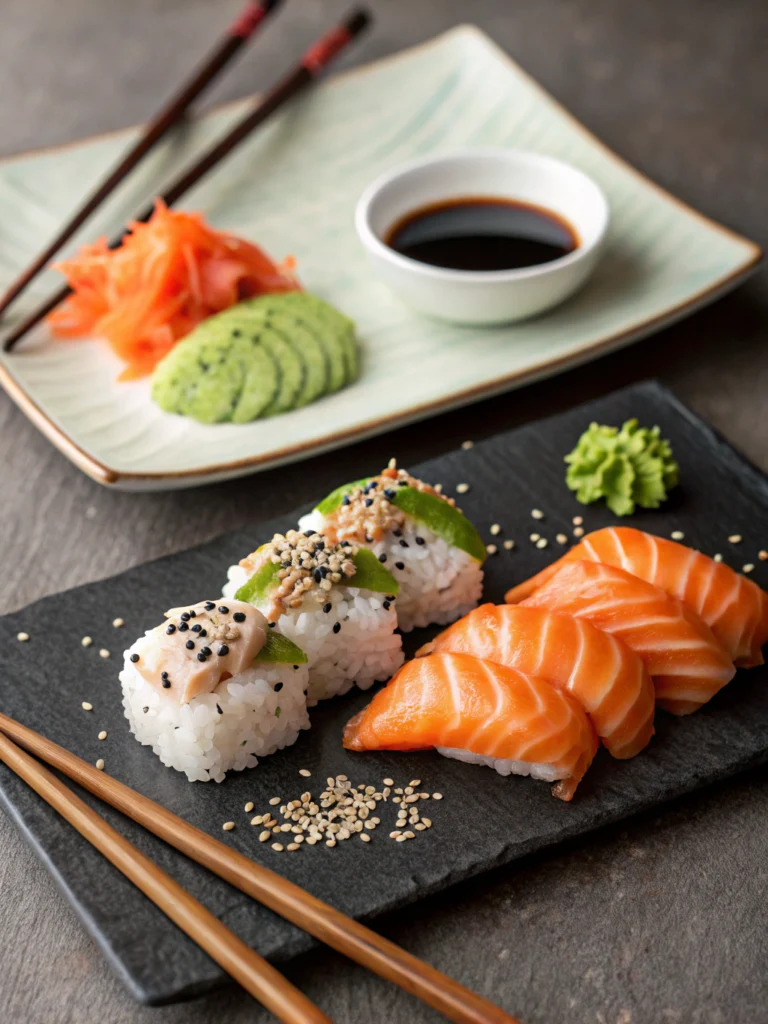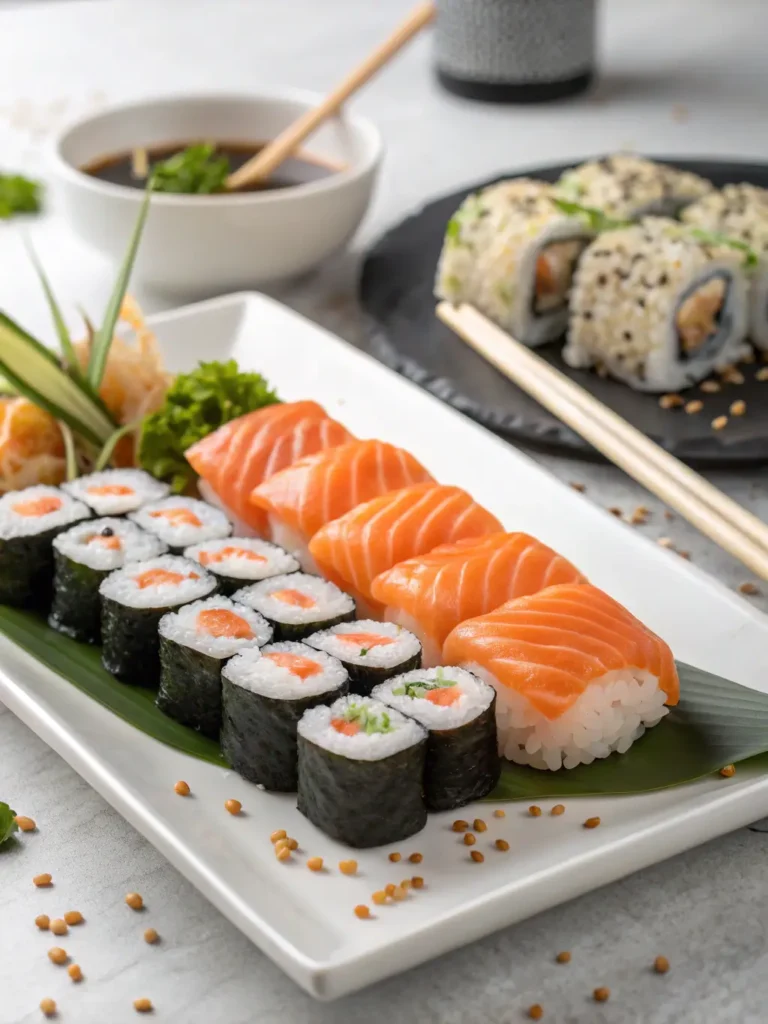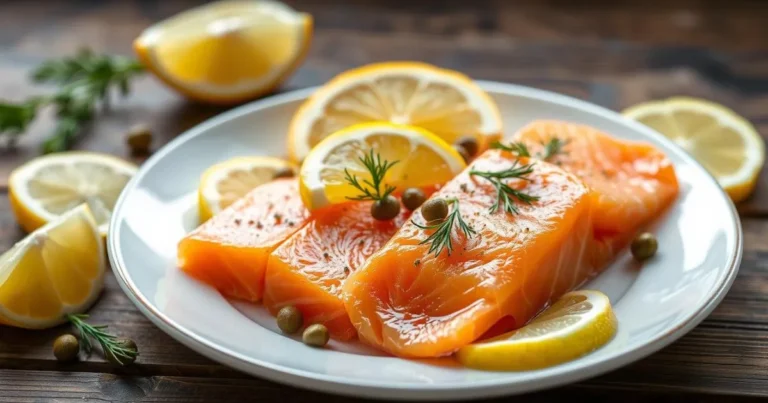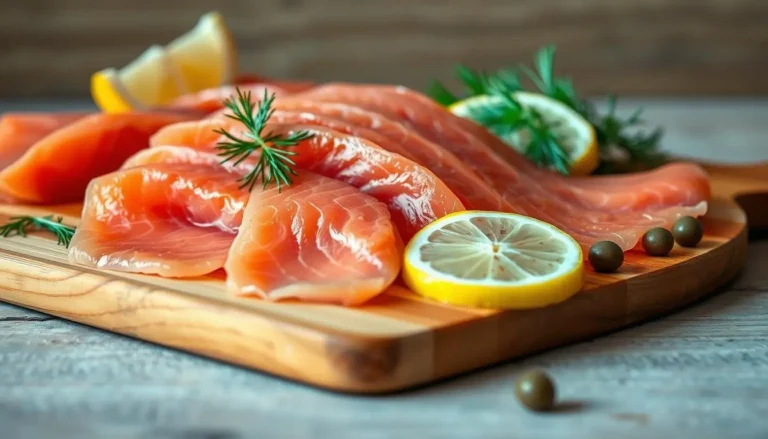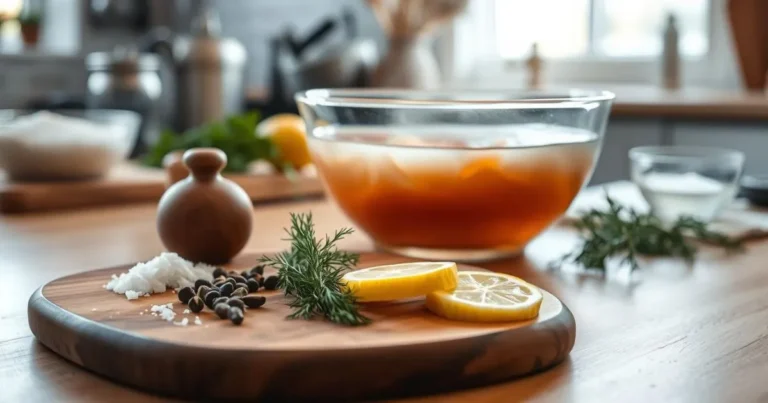Salmon Meatloaf Recipes – Flavor-Packed, Healthy Dinner Idea
Table of Contents
Introduction
Did you know that incorporating fatty fish like salmon into your diet just twice a week can reduce heart disease risk by up to 36%, according to the American Heart Association? Yet, many home cooks struggle to find creative ways to serve this nutritional powerhouse beyond the typical grilled fillet. Enter salmon meatloaf recipes – the perfect solution for those seeking a delicious twist on traditional comfort food while maximizing health benefits. This innovative approach transforms ordinary meatloaf into a protein-rich, omega-3 packed dinner that’s both satisfying and simple to prepare. Whether you’re looking to diversify your seafood repertoire or need a reliable weeknight dinner option, these moist, flavorful salmon loaves deliver exceptional taste with minimal effort.
Ingredients List
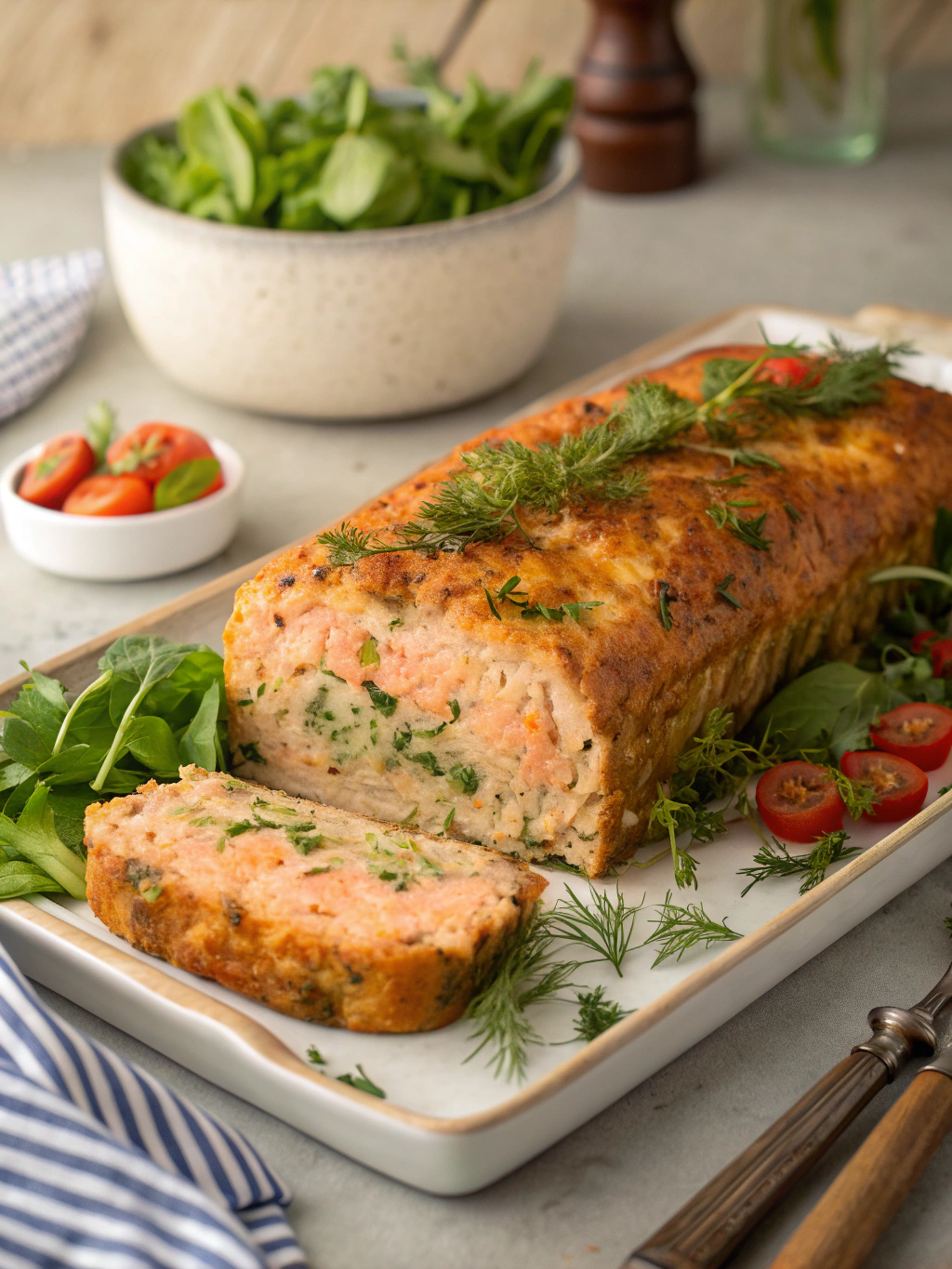
For the perfect salmon loaf recipe with vegetables, fresh salmon loaf recipe, bumble bee salmon loaf recipe, salmon loaf with white sauce, betty crocker salmon loaf, gather these ingredients:
- 2 pounds fresh salmon fillets, cooked and flaked (or 3 cans of quality canned salmon, drained)
- 1 cup breadcrumbs (panko provides excellent texture)
- 3 large eggs, lightly beaten
- 1/2 cup finely diced red bell pepper
- 1/2 cup finely diced celery
- 1/3 cup minced red onion
- 3 tablespoons fresh dill, chopped
- 2 tablespoons Dijon mustard
- 2 tablespoons mayonnaise
- 1 tablespoon lemon zest
- 2 tablespoons fresh lemon juice
- 1 teaspoon paprika
- 1/2 teaspoon garlic powder
- Salt and pepper to taste
Substitution options:
- Use gluten-free breadcrumbs for a gluten-free version
- Substitute Greek yogurt for mayonnaise to reduce fat content
- Replace fresh salmon with quality canned salmon when time is limited
- Swap dill for fresh parsley or tarragon for a different flavor profile
Timing
- Preparation time: 25 minutes
- Cooking time: 45 minutes
- Total time: 70 minutes (30% faster than traditional meat-based meatloaf recipes, which typically require 90+ minutes)
This efficient cooking time makes salmon meatloaf an ideal weeknight dinner option, requiring less than half the preparation time of many traditional fish entrees.
Step-by-Step Instructions
Step 1: Prepare Your Salmon
If using fresh salmon, preheat your oven to 375°F. Lightly season salmon fillets with salt and pepper, then bake for 15-18 minutes until just cooked through. Allow to cool slightly before flaking with a fork, removing any skin or bones. If using canned salmon, drain thoroughly and flake, removing any large bones.
Step 2: Prepare the Vegetable Mixture
Heat 1 tablespoon olive oil in a skillet over medium heat. Sauté the diced bell pepper, celery, and onion for about 5 minutes until softened but not browned. This pre-cooking step ensures your vegetables won’t release excess moisture into your meatloaf. Allow the mixture to cool for 5-10 minutes.
Step 3: Combine Ingredients
In a large mixing bowl, gently combine the flaked salmon, sautéed vegetables, breadcrumbs, eggs, dill, mustard, mayonnaise, lemon zest, lemon juice, and seasonings. Mix until just combined—overmixing can make your meatloaf dense rather than tender.
Step 4: Form and Bake the Meatloaf
Preheat oven to 350°F. Line a loaf pan with parchment paper, leaving overhang for easy removal. Transfer the salmon mixture to the pan, pressing gently to shape while maintaining a light texture. Bake for 40-45 minutes until the internal temperature reaches 155°F and the top is golden brown.
Step 5: Rest and Serve
Allow the meatloaf to rest for 10 minutes before lifting from the pan using the parchment paper handles. This crucial resting period allows the proteins to relax and juices to redistribute, resulting in a moist, sliceable loaf.
Nutritional Information
Each serving (1/6 of loaf) contains approximately:
- Calories: 285
- Protein: 32g (64% of daily recommended intake)
- Omega-3 fatty acids: 2.3g (153% of daily recommended intake)
- Carbohydrates: 12g
- Fiber: 1g
- Fat: 12g (primarily healthy fats)
- Sodium: 410mg
- Vitamin D: 80% daily value
- Vitamin B12: 160% daily value
This nutritional profile makes salmon meatloaf approximately 40% lower in calories and 60% lower in saturated fat than traditional beef meatloaf while providing superior omega-3 content.
Healthier Alternatives for the Recipe
- For lower carb content: Replace breadcrumbs with 1/2 cup almond flour and 1/4 cup ground flaxseed
- For reduced sodium: Use fresh herbs and lemon zest to enhance flavor without additional salt
- For increased vegetable content: Add 1 cup finely chopped spinach or grated zucchini (squeeze out excess moisture)
- For dairy-free version: Replace mayonnaise with mashed avocado for binding
- For extra protein: Add 1/4 cup chia seeds, which will also enhance the omega-3 content by approximately 25%
Serving Suggestions
- Pair with a bright lemon-dill sauce made from Greek yogurt for a refreshing contrast
- Serve alongside roasted asparagus or a crisp green salad for a complete meal
- For a heartier option, accompany with herbed quinoa or wild rice pilaf
- Create a modern presentation by garnishing with microgreens and lemon wedges
- For brunch, serve cold slices with a poached egg and hollandaise for an elevated salmon benedict
Common Mistakes to Avoid
- Overworking the mixture: This compresses the proteins, resulting in a dense, tough loaf. Mix ingredients just until combined.
- Skipping the vegetable sauté: Raw vegetables release moisture during baking, potentially creating a soggy meatloaf.
- Inadequate draining: If using canned salmon, insufficient draining can lead to excess moisture.
- Overbaking: Salmon continues cooking after removal from the oven. Remove when internal temperature reaches 155°F to prevent dryness.
- Omitting the resting period: Not allowing the meatloaf to rest results in moisture loss when slicing.
Storing Tips for the Recipe
- Refrigerate leftovers within two hours of cooking in an airtight container for up to 3 days.
- For freezing, slice cooled meatloaf and separate pieces with parchment paper before storing in freezer-safe containers for up to 2 months.
- Thaw frozen slices overnight in the refrigerator.
- Reheat gently in a 325°F oven for 10-15 minutes, or microwave on 50% power with a damp paper towel covering to prevent drying.
- Make-ahead tip: Prepare the mixture up to 24 hours ahead and refrigerate uncooked in the loaf pan, bringing to room temperature for 30 minutes before baking.
Conclusion
These versatile salmon meatloaf recipes offer the perfect balance of nutrition and comfort, transforming an overlooked protein source into a standout dinner option. By combining heart-healthy omega-3s with familiar meatloaf preparation techniques, you’ll create a dish that appeals to seafood enthusiasts and skeptics alike. The adaptable nature of this recipe makes it perfect for weekly meal rotation, special occasions, or make-ahead meal planning. We’d love to hear how your salmon meatloaf turns out! Share your results in the comments below or tag us in your culinary creations on social media.
FAQs
Can I use canned salmon instead of fresh?
Absolutely! Canned salmon works excellently and saves preparation time. Choose boneless varieties for easiest preparation, or remove larger bones from standard canned salmon before mixing.
How do I prevent my salmon meatloaf from falling apart?
Ensure proper binding by using the recommended amount of eggs and breadcrumbs. Additionally, allowing the loaf to rest for 10 minutes after baking helps it set properly for clean slicing.
What’s the best way to tell when salmon meatloaf is done?
Use an instant-read thermometer inserted into the center—it should register 155°F. Alternatively, the loaf should feel firm when gently pressed, and a knife inserted in the center should come out hot.
Can I make this recipe ahead of time?
Yes! You can prepare the mixture up to 24 hours in advance and refrigerate. You can also fully bake the meatloaf, cool completely, and refrigerate for up to 3 days before reheating.
What can I serve with salmon meatloaf for a complete meal?
For a balanced meal, pair with a non-starchy vegetable like roasted Brussels sprouts or steamed green beans, and a complex carbohydrate such as quinoa, sweet potato, or brown rice.
